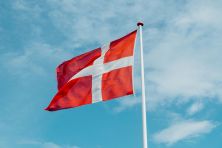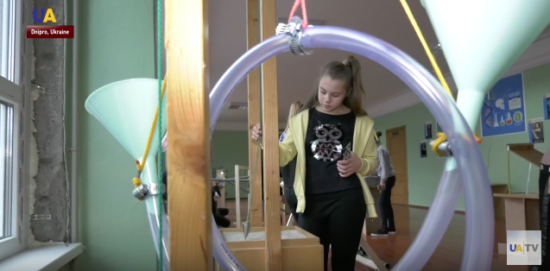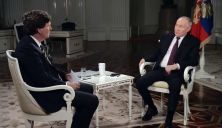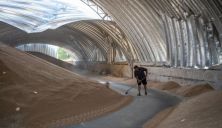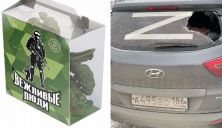To understand the nature of sound vibrations using plastic pipes and rubber slipper.
To see the how magnets work, and to experiment with water jets. In order to help children get a basic grasp of complex processes in optics, mechanics and electromagnetism are now simply demonstrated in this school in Dnipro — right in the corridor.
During recess, instead of staring into smartphones, 5th-grade students are learning about the principles of the first intercom.
“You must first place the cone next to the mouth, if you want to say something, and to listen, put it next to your ear,” a student said.
Basins, traffic cones, water pipes and plywood are some of the spiple materials used in the making of these four dozen interactive stands that were brought to Dnipro by a German physics professor Lutz Fizzer. He called his project Mini Phenoment. It was conceived almost 20 years ago to get children interested in physics.
“This process is all about self-education. On the one hand, it takes a very long time, but as our experience and our research shows, this is a very successful project. The results are very good. Children get interested and want to learn more new things,” Fizzer said.
This is the first school in Ukraine where such a mini experimental center has opened. Children seem to be thrilled about the initiative.
This is all connected with physics, and so it’s very interesting. I really want to study, to get started with physics,” Diana Ivanova, a student, said
The project is designed for primary school students. But it also caught the attention of senior students and even teachers.
“One can experiment, feel like a researcher, ask why it things work the way they do and to try and find the answer on how works and which law of nature is involved,” Anna Dovha, physics teacher, said.
Interactive stands will be taken to other schools of the city. The creator of the project is ready to share his drawings for free so that anyone could reproduce the experimental stands.
